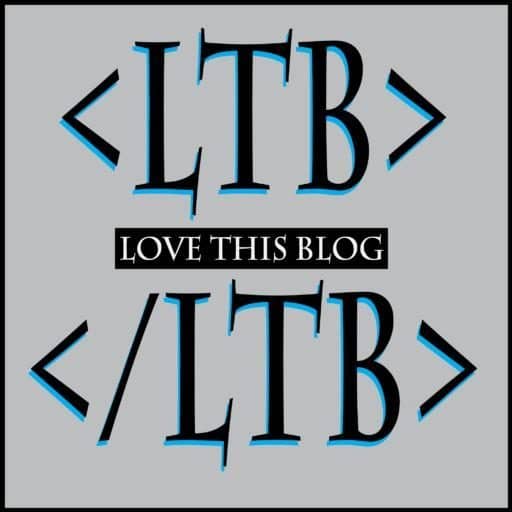✍️ how-to-write-a-great-blog-post
👋 Hey there! It’s CJ (with ChatGPT riding shotgun again)—
Now that your blog is live, your tools are set up, and you’ve shared a few things online…
Let’s get down to the heart of it all:
Writing blog posts that people actually want to read.
Here’s a beginner-friendly system for planning, writing, and finishing blog posts that connect with readers—and keep them coming back.
🧠 Step 1: Choose a Blog Post Topic That Matters
Start by answering this question:
What does my reader need help with today?
Here are a few ways to find good blog post ideas:
- Answer a question you’ve seen in a Facebook group, forum, or comment
- Share a story from your own experience
- Teach something you’ve learned recently
- Review a tool or product you love
- Compare two approaches and share your results
💬 CJ says: “If you’ve Googled it before, someone else will too. That’s a great post idea.”
🧱 Step 2: Follow a Simple Structure
Use this layout for almost every blog post:
| Section | What to Do |
|---|---|
| Headline | Make it clear, helpful, and curious—this is what grabs readers |
| Intro | Say what the post is about and why it matters to the reader |
| Main Body | Break things into sections with bold subheads, bullet points, or visuals |
| CTA | End with a Call to Action—what should the reader do next? |
✨ Post Style Tips
- Keep your paragraphs short (1–3 lines max)
- Use bold text to highlight key takeaways
- Add bullet lists to make things scannable
- Use emojis (sparingly) to add personality 👍
🛠️ Helpful Tools for Writing
Here are some free or low-cost tools that can help while you’re writing:
| Tool | What It Does |
|---|---|
| Hemingway App | Makes your writing simpler and easier to read |
| Grammarly | Checks grammar, spelling, and clarity |
| ChatGPT | Great for outlines, idea prompts, and writing help |
| LibreOffice / Google Docs | Write and edit anywhere, for free |
| Notion or Obsidian | For planning blog ideas and organizing drafts |
🧩 Post Types That Work Well
Here are some beginner-friendly blog post “formulas”:
- List Post:
“7 Tools Every Beginner Blogger Should Try” - How-To Post:
“How to Add an Email Form to Your Blog in 5 Minutes” - Personal Story:
“What I Learned from Starting My Blog in 2025” - Comparison Post:
“Canva vs. GIMP: Which Is Better for Beginners?” - Review Post:
“My Honest Review of Bluehost After 6 Months”
⏳ How Long Should a Post Be?
Don’t overthink it. Most beginner blog posts are between 500–1,500 words.
- Short is fine—just be clear.
- Longer posts are great if they solve a problem in detail.
- Quality > word count. Every time.
✍️ ChatGPT says: “Say what you came to say. Then stop.”
🧭 TL;DR – A Quick Guide to Writing Great Posts
✅ Pick a topic that answers a question or shares a story
✅ Use a clear structure: headline, intro, body, CTA
✅ Make your post scannable and friendly
✅ Use tools to polish your writing
✅ Try proven post formats (list, how-to, story…)
✅ Aim for clarity—not just length
📣 Final Word from CJ
“You’re not writing for everyone. You’re writing for your people. Use your own voice, talk like a human, and be helpful. That’s the secret.”
You’ve got this. And we’ve got your back. 💡
Want help coming up with post ideas or want us to review one of your drafts? Just drop a comment or message us—we’d love to hear what you’re working on.
Discover more from Empower yourself: build, own, and share your true voice.
Subscribe to get the latest posts sent to your email.

